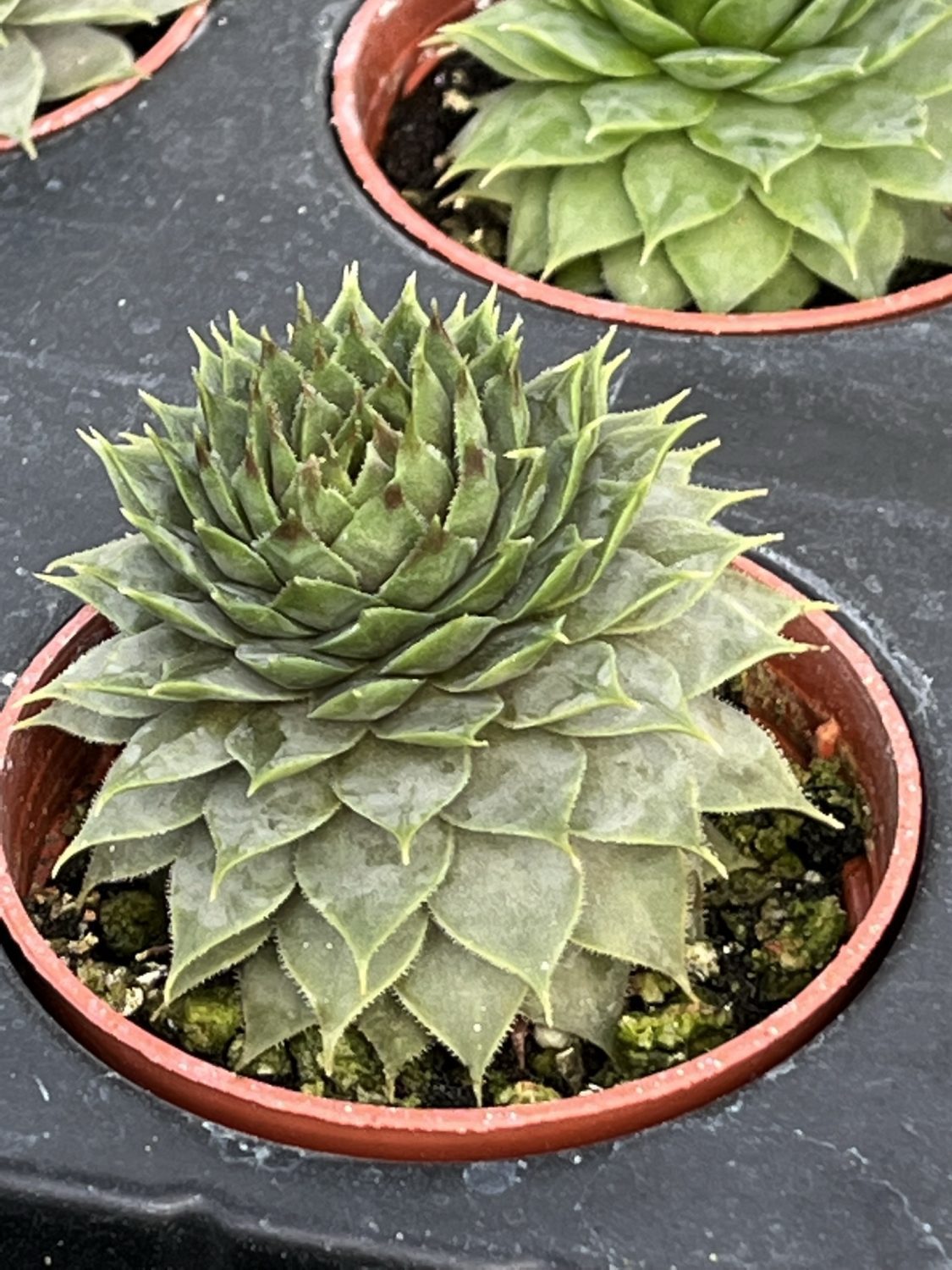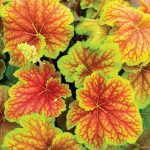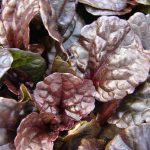Sempervivum; Hen and Chicks, Red Beauty
Price range: $4.99 through $9.99
Discount per quantity
| Quantity | 3 - 8 | 9 - 14 | 15+ |
|---|---|---|---|
| Price | Price range: $4.84 through $9.69 | Price range: $4.69 through $9.39 | Price range: $4.49 through $8.99 |
| % Discount | 3% | 6% | 10% |
Description
Sempervivum ‘Red Beauty’: Your Guide to a Rosy Rosette Wonder
Welcome to the World of Hen-and-Chicks
You love plants that stay cheerful through heat, cold, and a little neglect. So do we. That is why Sempervivum ‘Red Beauty,’ a standout member of the Hen-and-Chicks clan, deserves our time today. In other words, this little succulent gives huge rewards with very little fuss. Throughout this deep dive, we will explore its look, its history, and, most of all, the easy steps that keep it thriving. Ready? Let us step into the rock-garden magic together.
1. Meet ‘Red Beauty’
1.1 A Quick Snapshot
- Botanical name: Sempervivum ‘Red Beauty’
- Family: Crassulaceae
- Common name: Hen-and-Chicks, Houseleek
- Growth habit: Tight rosettes that spread by offsets
- Color story: Deep ruby centers that fade to green tips in summer, turning wine-red in winter
1.2 What Makes It Special
‘Red Beauty’ shines because its rosettes blush with a true red tone that many other varieties only dream about. Instead of a fleeting show, the red intensifies under cool weather and bright light, giving you four-season drama. After more than a few frosts, those leaves glow like embers against snow or gravel. Even better, each mature rosette soon becomes a “hen,” sending out baby rosettes, or “chicks,” that cluster around her base. The colony grows, and your joy multiplies.
2. History and Heritage
2.1 From Mountains to Modern Pots
Sempervivums hail from the rocky slopes of Europe and western Asia. They clung to crags where little else could grow, storing water in chunky leaves and coping with biting winds. Over centuries, mountain gardeners noticed their resilience and took them home. They believed the plants guarded rooftops from lightning, which birthed the name “houseleek.”
2.2 Breeding the Red Streak
Breeders kept selecting the brightest, boldest seedlings. ‘Red Beauty’ is the happy result of that careful effort. While its exact parentage sits quietly in specialty catalogs, we know the goal: consistent red tones without losing hardiness. The cultivar met that challenge, and today it features in alpine gardens, dish displays, and city balconies alike.
3. A Closer Look at Form and Color
3.1 The Rosette
Each rosette measures 2 to 3 inches wide, arranged like compact artichokes. Leaves are spoon-shaped and fleshy, ending in soft points. They overlap in perfect spirals, a natural exercise in sacred geometry.
3.2 Seasonal Shifts
- Spring: Green margins with red centers wake from dormancy.
- Summer: Hues lighten slightly, especially in partial shade.
- Autumn: Cool nights pull deep crimson back toward the edges.
- Winter: Full burgundy dominates, especially in zones where snow melts between freezes.
3.3 Flowers and the Monocarpic Moment
When a rosette matures, it may send up a short, thick stalk crowned with starry pink blooms. This “hen” puts her last energy into the show, then fades. But worry not—she leaves a ring of chicks ready to fill the space. Instead of loss, you gain renewal.
4. How ‘Red Beauty’ Fits Into Your Space
4.1 Rock Gardens
The plant’s alpine roots make it perfect for crevices between stones. Gravel and grit mirror its native soil, allowing rain to drain away fast. The reds pop against gray limestone and slate.
4.2 Containers and Miniature Scenes
Shallow clay bowls, hypertufa troughs, and ceramic strawberry jars create tiny landscapes. Pair ‘Red Beauty’ with gray thymes or silver artemisias, and you get a living mosaic.
4.3 Living Roofs and Walls
Modern green roofs often mimic the old European tradition of houseleeks on cottages. Because ‘Red Beauty’ stores water and endures extremes, you can tuck it into sedum mixes for a low-maintenance rooftop carpet.
4.4 Indoor Winter Displays
In colder climates, you might bring a few chicks indoors. Place them in bright, cool rooms near a window that gets at least four hours of sun. They add character to office desks without demanding constant care.
5. Caring for ‘Red Beauty’
Our main event arrives. Below you will find every step broken into friendly, bite-sized pieces. Let us dig in.
5.1 Light: Bright Wins
Give the plant six or more hours of direct sun if possible. Full morning sun followed by dappled afternoon light keeps colors rich. Indoors, a south-facing window does the trick. Weak light leads to pale green leaves and stretched rosettes that lose their tight spiral.
5.2 Soil: Sharp Drainage
Use a gritty mix—think 50% cactus soil and 50% mineral grit such as pumice or coarse sand. Garden beds should mimic scree slopes: shallow, rocky, and lean on organic matter. Instead of waterlogged clay, choose mounds or raised beds.
5.3 Water: Less Is More
Water deeply, then let the soil dry out. During summer heat, this may mean every 7-10 days in pots. In winter, reduce to once a month or skip entirely if snow keeps roots moist. Overwatering is the top killer; mushy leaves wave a warning flag.
5.4 Temperature: Tough Love
Hardy to USDA Zone 3, ‘Red Beauty’ laughs at sub-zero nights. Heat? Up to 85-90°F is fine, provided airflow stays strong and soil drains. In other words, extremes do not scare this succulent.
5.5 Fertilizer: Minimal Magic
A pinch of low-nitrogen slow-release fertilizer once each spring is enough. Too much nitrogen stretches leaves and dilutes color. We want ruby rosettes, not floppy lettuce.
5.6 Potting and Repotting
Choose shallow pots with wide mouths. Every two to three years, lift and divide the colony. Shake off old soil, trim any blackened root tips, and replant in fresh mix. Chicks can be set around the edge for a fuller bowl.
5.7 Propagation: Multiply Joy
- Gently twist or cut a chick from the stolon.
- Set it on barely moist grit; no burying needed.
- After more than a week, roots sprout.
- Move the new plant to its forever home.
5.8 Pests and Problems
- Mealybugs nestle in tight centers—dab with isopropyl alcohol.
- Aphids may target flower stalks—blast off with water.
- Rot signals poor drainage—remove mushy tissue and adjust soil.
5.9 Seasonal Care Checklist
| Season | Task | Tip |
|---|---|---|
| Spring | Divide crowded clumps | Replant chicks right away |
| Summer | Water only when dry | Early morning watering avoids heat stress |
| Autumn | Tidy fallen leaves | Debris traps moisture |
| Winter | Protect pots from standing water | Elevate containers on feet or bricks |
6. Designing With ‘Red Beauty’
6.1 Color Combos
Pair ruby rosettes with yellow sedums for a jewel-tone contrast. Place them near chartreuse grasses like Acorus ‘Ogon’ for brightness even in winter.
6.2 Textural Play
Combine with spiky yuccas or dwarf conifers to balance round forms. Low mounds of Irish moss soften edges and invite curious hands.
6.3 Theme Gardens
- Fairy gardens: Mini houses, pebble paths, tiny hens and chicks form whimsical villages.
- Zen bowls: A single ‘Red Beauty’ set in raked sand offers meditative calm.
- Edible borders: Though not a kitchen staple, the plant’s tidy habit frames herbs like oregano and thyme.
7. Ecological and Cultural Notes
7.1 Pollinator Appeal
Summer blooms attract bees and hoverflies. While flowering rosettes die afterward, remember that chicks step in to continue the cycle.
7.2 Folklore
Old tales say houseleeks guard against storms. In medieval Europe, you might see them planted on thatched roofs. Modern science laughs at lightning fears, yet the tradition endures, lending charm to cottage gardens.
7.3 Sustainable Gardening
Because ‘Red Beauty’ needs little water or fertilizer, it suits xeriscapes. Planting drought-tolerant succulents reduces strain on municipal supplies and supports climate-smart landscapes.
8. Troubleshooting Quick Guide
| Symptom | Cause | Fix |
|---|---|---|
| Leaves shrivel | Long drought | Water deeply, then drain |
| Leaves mushy | Too much water | Cut back watering, improve drainage |
| Rosette elongates | Low light | Move to sunnier spot |
| Pale color | Excess shade or high nitrogen | Increase sun, reduce feed |
| No chicks | Rosette too young or stressed | Give time; check light and soil |
9. Growing With Community
We gardeners thrive when we share experiences. Swap chicks with friends, post photos of your reddest rosettes, and trade tips on winter color boosts. Instead of keeping secrets, let us learn together. Each success story fuels the next.
10. Step-By-Step Care Calendar
January – March
- Watch for frost heave; gently press lifted rosettes back into soil.
- Inspect for winter rot, trim damaged leaves.
April – June
- Divide and replant offsets.
- Apply that light spring feed.
- Increase watering frequency as days warm.
July – September
- Deadhead spent flower stalks.
- Remove weeds that steal light and nutrients.
October – December
- Clear fallen leaves to prevent rot.
- Move containers where snow will drain away.
- Celebrate deepening reds as temperatures fall.
11. FAQs in Plain Speak
Q: Will ‘Red Beauty’ survive freezing rain?
A: Yes. Ice may coat leaves, but the rosette rebounds when thawed. Good drainage remains key.
Q: Can I grow it in humid regions?
A: You can. Just space plants wider and use extra-gritty soil to keep crowns dry.
Q: How long until a chick matures?
A: About one growing season. After more than twelve months, that chick may become a hen with her own babies.
Q: Do I need to prune?
A: Only spent blooms or rotten leaves. Otherwise, let clusters spread naturally.
12. Our Shared Journey Forward
We have toured every corner of Sempervivum ‘Red Beauty,’ from alpine roots to living roof dreams. We explored soil secrets, basked in sunlight tips, and planned year-round tasks. You now hold the simple steps that turn a single rosette into a thriving colony. But most of all, you carry the promise of color that deepens with each cool night and bright morning.
So gather a few chicks, tuck them into gritty pockets, and watch your garden—or balcony, or windowsill—blush with durable red. We will be here, cheering every new rosette.
Radiant Rosettes, Forever Yours
Additional information
| Weight | N/A |
|---|---|
| Options | 2 in. (3 fl.oz.) Pot, 4 in. (16.9 fl. oz.) Pot |





